What Is Polyurethane Foam Sealant Used For?
Polyurethane foam sealant is a versatile material used for a variety of applications, primarily in construction and home improvement. Here are some common uses:
Insulation: It provides excellent thermal insulation, helping to reduce energy costs by preventing heat loss or gain in buildings.
Air Sealing: The foam expands upon application, filling gaps and cracks around windows, doors, and other openings, which helps to prevent drafts and improve indoor air quality.
Soundproofing: It can help reduce noise transmission between rooms or from outside, making it useful in soundproofing applications.
Moisture Barrier: Polyurethane foam can act as a barrier against moisture, helping to prevent water infiltration and potential damage from mold and mildew.
Structural Support: In some cases, PU Foam sealant can provide additional structural support, particularly in areas where lightweight materials are needed.
Filling Gaps and Cracks: It is effective for filling larger gaps and voids in walls, floors, and ceilings, as well as around plumbing and electrical penetrations.
Mounting and Adhesion: It can be used to secure items in place, such as window frames, door frames, and other fixtures.
Pest Control: By sealing entry points, it can help deter pests from entering a building.
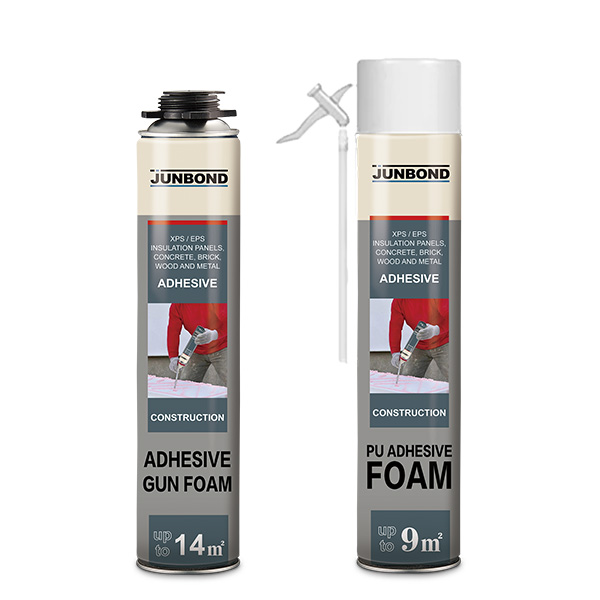
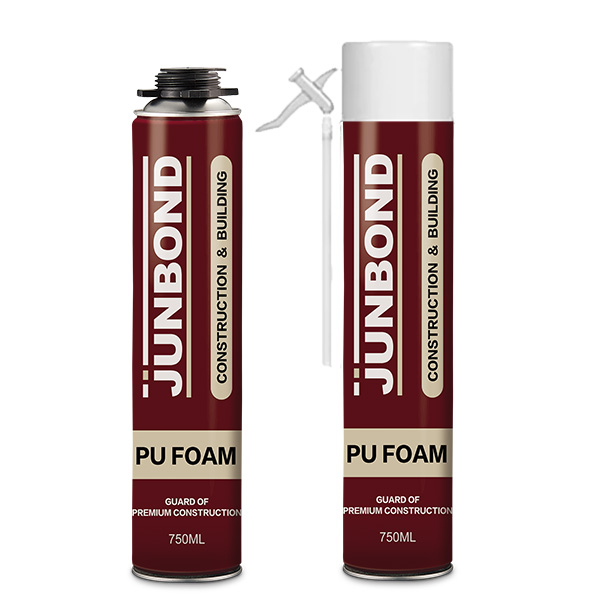
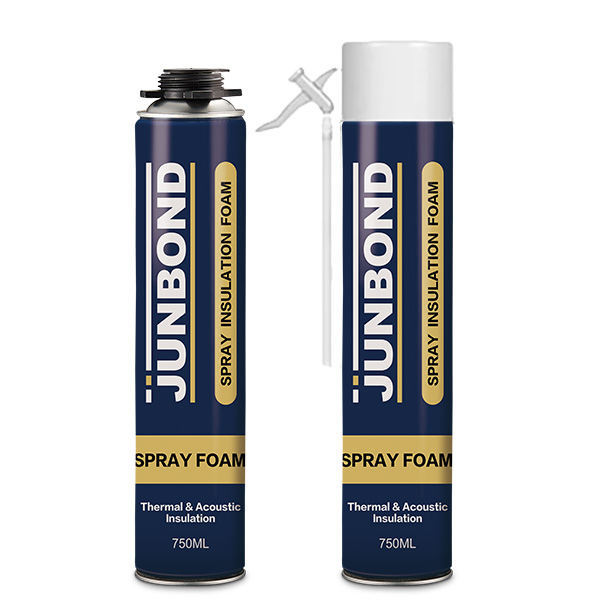
What Does Pu Foam Not Stick To?
Polyurethane (PU) foam sealant is known for its strong adhesion properties, but there are certain materials and surfaces to which it does not adhere well or may not stick at all. Here are some common examples:
Polyethylene and Polypropylene: These plastics have low surface energy, making it difficult for PU foam to bond effectively.
Teflon (PTFE): This non-stick material is designed to repel adhesives, including PU foam.
Silicone: While PU foam can adhere to some silicone surfaces, it generally does not bond well to cured silicone sealants.
Oily or Greasy Surfaces: Any surface that is contaminated with oil, grease, or wax can prevent proper adhesion.
Certain Coatings: Some paints, varnishes, or sealants may create a barrier that PU foam cannot adhere to effectively.
Smooth, Non-Porous Surfaces: Very smooth surfaces, such as glass or polished metals, may not provide enough texture for the foam to grip.
Wet or Moist Surfaces: PU foam requires a dry surface for optimal adhesion; applying it to wet surfaces can lead to poor bonding.
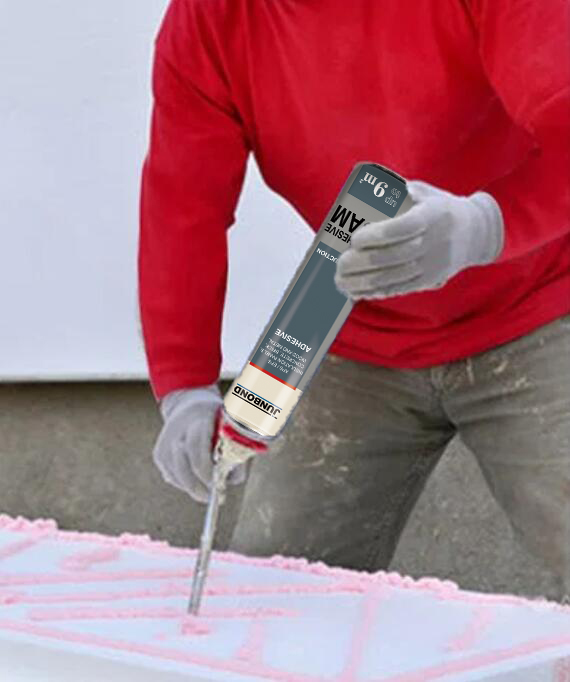

PU Foam Application
1. Best for mounting heat insulation panels and filling voids during adhesive application.
2. Advised for wooden type construction materials adhesion to concrete, metal etc.
3. Applications needed minimum expansion.
4. Mounting and isolation for frames of windows and doors.

Features
It is a one-component, economical type and good performance Polyurethane foam. It is fitted with a plastic adapter head for use with a foam application gun or a straw. The foam will expand and cure by moisture in the air. It is used for a wide range of building applications. It is very good for filling and sealing with excellent mounting capacities, high thermal and acoustical insulation. It is environmental friendly as it does not contains any CFC material.
Packing
500ml/Can
750ml / Can
12 cans/Carton
15 cans/ Carton
What Is The Difference Between Pu Sealant And Silicone Sealant?
The differences between polyurethane (PU) sealant and silicone sealant are significant, as each type has its own unique properties and ideal applications. Here are the key differences:
1. Composition and Curing Process:
PU Sealant: Made from polyurethane, it cures through a chemical reaction with moisture in the air. It typically expands upon application, filling gaps effectively.
Silicone Sealant: Made from silicone polymers, it cures through a process called “neutral curing,” which does not require moisture. It remains flexible after curing.
2. Adhesion:
PU Sealant: Generally has excellent adhesion to a wide variety of substrates, including wood, metal, and concrete. It can bond well to porous and non-porous surfaces.
Silicone Sealant: Also adheres well to many surfaces, but its adhesion can be less effective on certain materials like plastics or oily surfaces.
3. Flexibility and Movement:
PU Sealant: Offers good flexibility but can be less elastic than silicone. It is suitable for applications where some movement is expected but may not handle extreme movement as well as silicone.
Silicone Sealant: Highly flexible and can accommodate significant movement without cracking or losing adhesion, making it ideal for joints that experience expansion and contraction.
4. Durability and Weather Resistance:
PU Sealant: Generally resistant to UV light and weathering, but may degrade over time if exposed to direct sunlight without a protective coating.
Silicone Sealant: Excellent UV resistance and weatherproofing properties, making it suitable for outdoor applications. It does not degrade as quickly under UV exposure.
5. Temperature Resistance:
PU Sealant: Can withstand a range of temperatures but may not perform as well in extreme heat or cold compared to silicone.
Silicone Sealant: Typically has a wider temperature tolerance, making it suitable for high-temperature applications.
6. Applications:
PU Sealant: Commonly used for construction, insulation, and sealing gaps in walls, roofs, and around windows and doors.
Silicone Sealant: Often used in bathrooms, kitchens, and other areas where water resistance is crucial, such as sealing around sinks, tubs, and showers.
7. Paintability:
PU Sealant: Can often be painted over once cured, making it suitable for applications where aesthetics are important.
Silicone Sealant: Generally not paintable, as paint does not adhere well to silicone surfaces.
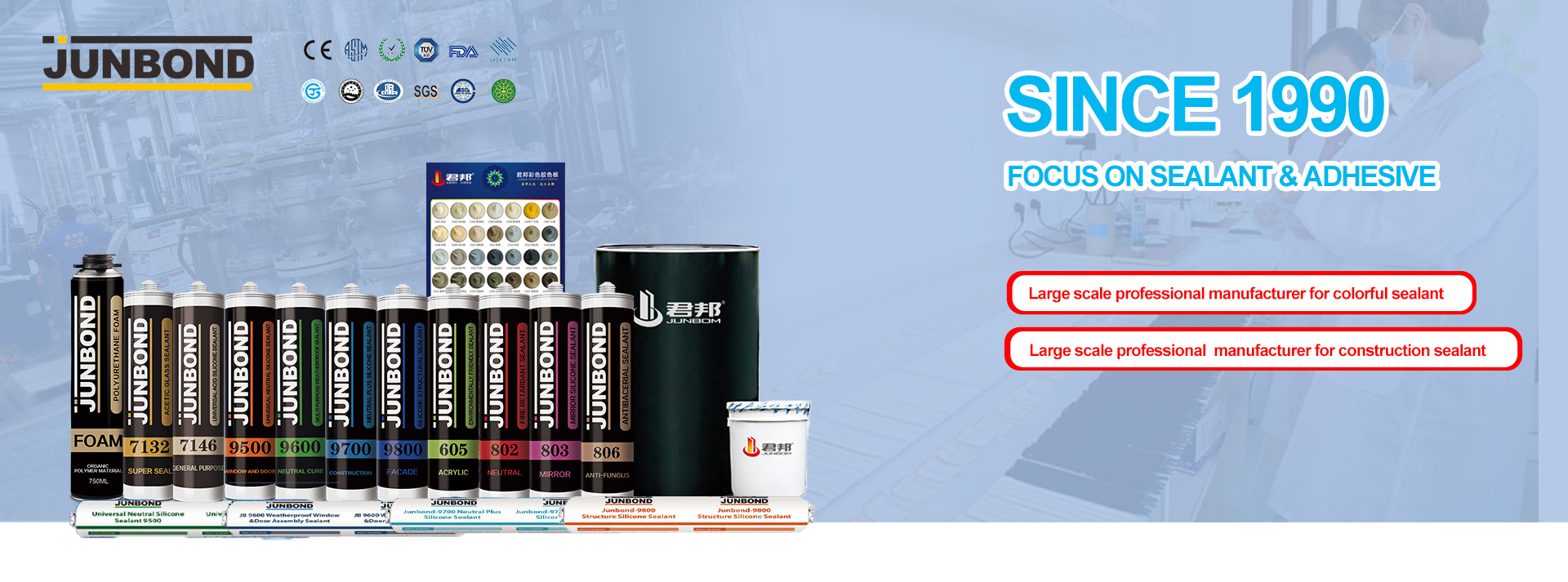
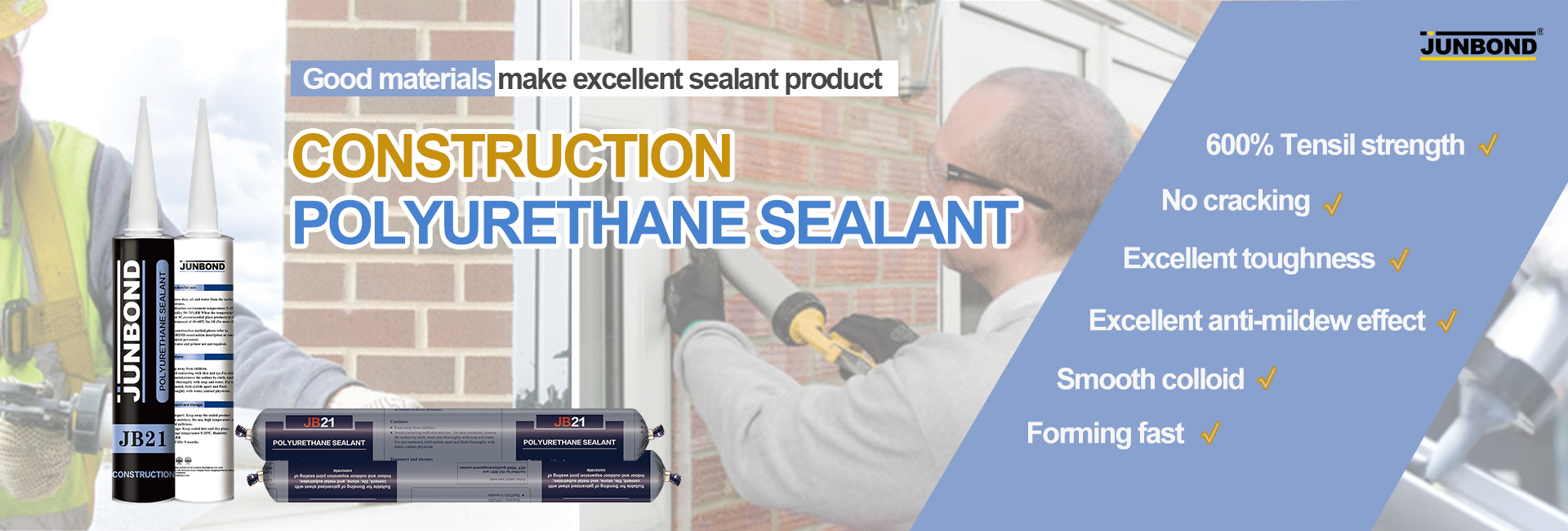
Post time: Nov-08-2024
